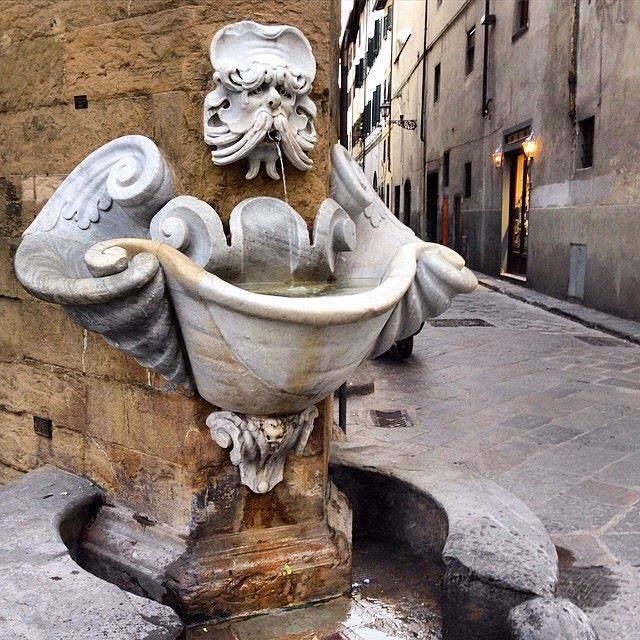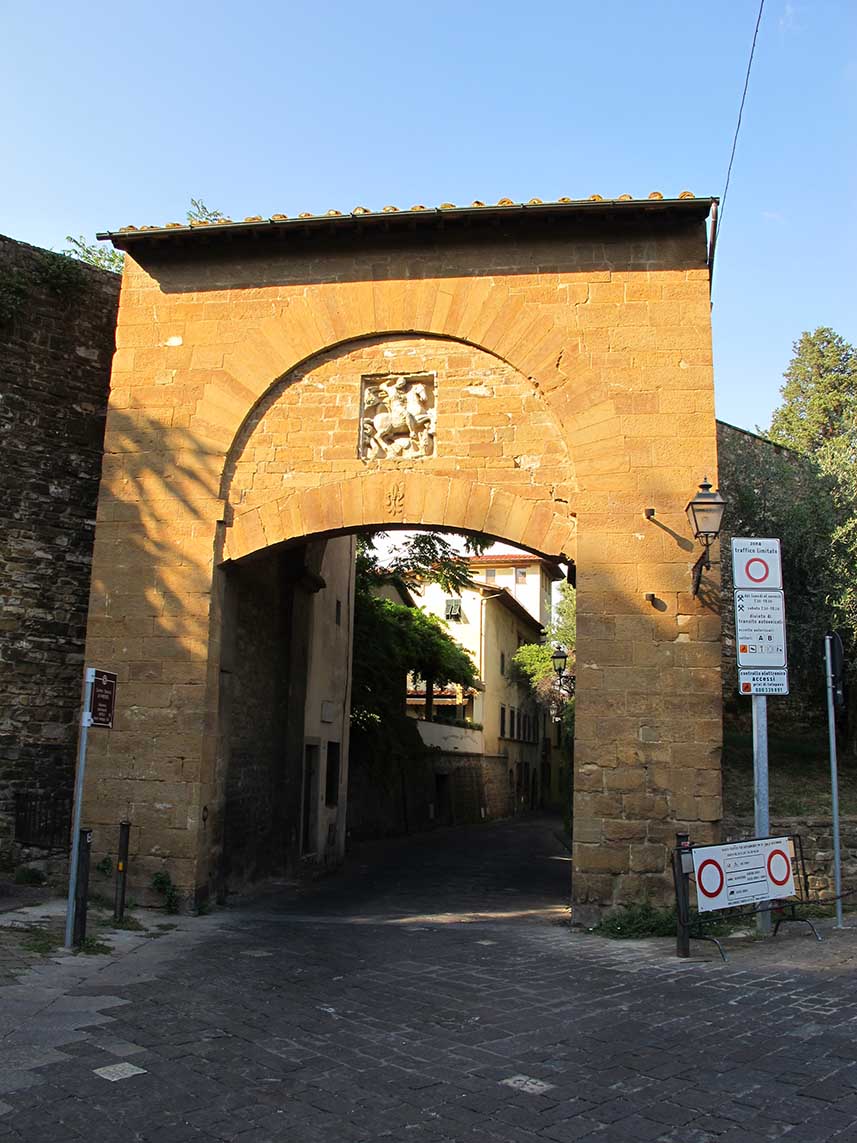Call us for more information
055 222431The Cappa


Here lived mainly merchants and transient figures, among whom a Syrian colony stood out which founded the church of Santa Felicita. In the early Middle Ages the city “beyond the Arno” expanded and became increasingly important: a market was held in the Piazza di Santa Felicita, in today’s San Niccolò district the powerful Mozzi family built a palace, which for many years was the largest in the city, and other noble families built towers, some of which are still recognizable today.
Between the Ponte Vecchio and the Porta Romana numerous “hospitals” were created to accommodate pilgrims heading to Rome via the current Via Romana and two new bridges were built to allow a better connection between the two parts of the city: the Ponte alle Grazie, destroyed during the Second World War and rebuilt in 1957 and the Ponte a Santa Trinita, swept away several times by the floods of the Arno. Thus two “villages” developed: Borgo San Jacopo and Borgo di Piazza (today Via Guicciardini) as well as other settlements around the large churches of Santo Spirito and Santa Maria del Carmine.
This somewhat rural and quiet area began to be seen as healthier than the hyper-trafficked northern shore. Among the first new residents were the Pittis, who built the central part of the homonymous Palazzo Pitti. When the Medici family moved into Palazzo Pitti in 1550, the square in front of the palace, the nearby Via Maggio and other streets took on great importance and other palaces of families of the Medici court arose there: even today walking along Via dei Serragli, Via Santo Spirito o Via San Niccolò you can find splendid Renaissance buildings.
In 1865 other important works, following the move of the Italian capital to Florence, led to the creation of the panoramic Piazzale Michelangelo, a new lounge and meeting point for the city, and the cutting of the homonymous Viale Michelangelo on the hills, which became a luxurious residential area for the new nineteenth-twentieth century upper middle class. The two events that most marked Florence in the twentieth century were the passage of the front in 1944 and the flood of 1966. In the catastrophic flood of November 1966 this part of the city was completely submerged with serious damage to homes, shops and works of art.
Oltrarno has preserved to this day the most traditional atmosphere of Florence: neighborhoods that offer the visitor shops, clubs and restaurants, museums and monuments that are sometimes almost unknown and a way of life that has now disappeared in other neighborhoods of the city.